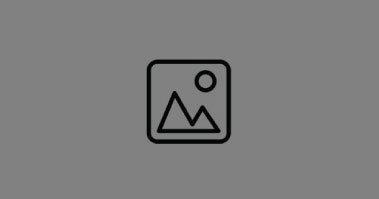The “T” Structure
In general, a tower crane is designed to lift heavy loads, to set steel beams and other large building components. It will consist of three main sections:
1. the slewing unit
2. the tower mast
3. the base.
The slewing unit features the horizontal jib, which comes at various lengths to meet your project needs;
the counter jib
tower top
the trolley and hoist lines; and
the slewing assembly, which is where the operator cab is located
Below the slewing unit is the tower unit, which consists of:
top climbing unit
bottom climbing unit
tower sections
the bolts and pins; and
the tie-in
The tie-in secures the tower mast to a framework. This provides stability when the crane is under load or when serious wind forces hit your location.
Right at the bottom is the base, which features;
the undercarriage
the knee brace
the central ballast
bogies; and
foundation anchors
A free-standing crane will use ballast weight to stabilise and spread out the load on the ground. Meanwhile, a fixed-based crane will use heavy foundations to do the same.
While you can gain savings through equipment hire over purchase, you must still weigh your options carefully. When you choose the suitable tower crane, your building projects will meet requirements at every stage.
At Active Crane Hire we offer a free and no obligation consultation and quote and will gladly guide you through the selection process.
